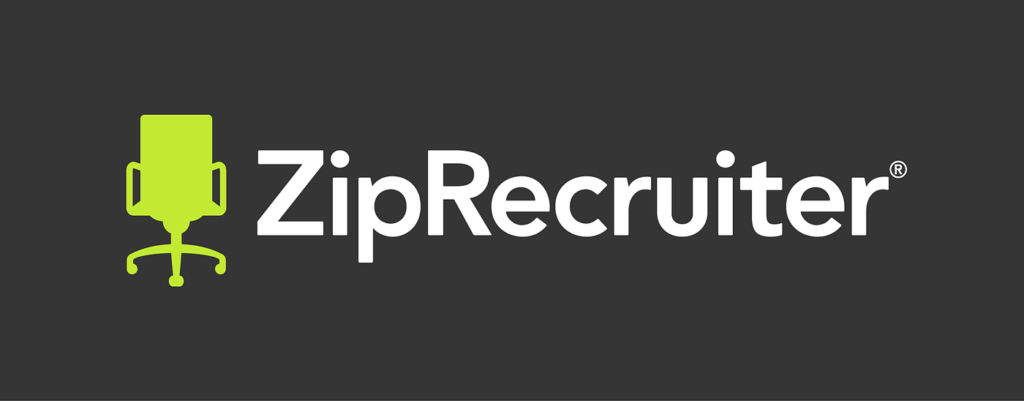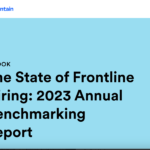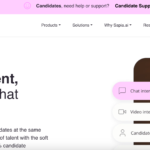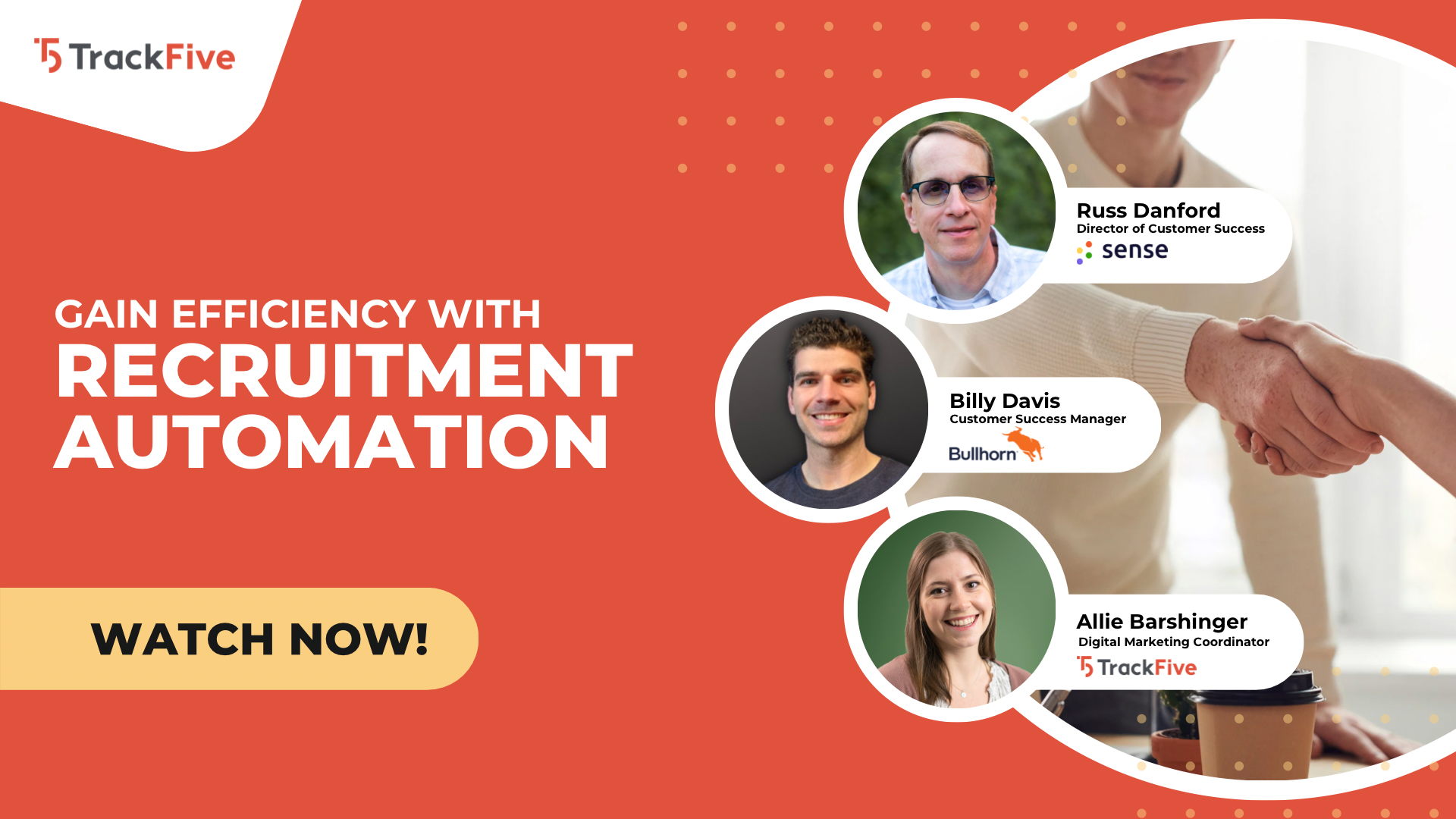US Job Growth Shows Signs of Cooling

BLS Data Shows Lowest Hiring Rate Since 2018
According to Conference Board and the latest report from the US Bureau of Labor Statistics indicates a potential slowdown in job growth. The Data shows 150,000 jobs added in October, following a revised increase of 297,000 jobs in September. While labor markets remain tight with elevated job openings and lower layoffs compared to historical norms, the hiring rate has reached its lowest level since 2018, according to Selcuk Eren’s commentary on the Employment Situation Report.
The unemployment rate increased to 3.9% in October, up from 3.8% in September, consistent with continuing jobless claims. There are no immediate signs of increased layoffs, but continued claims are on the rise, suggesting job seekers are facing greater challenges.
The labor force participation rate declined to 62.7% in October, with younger workers between the ages of 20-24 and those aged 65 and older experiencing reduced participation. The prime age population (aged 25-64) also saw a decrease in participation. However, the participation rate for the youngest age group (aged 16-19) increased.
October Job Gains Were In A Few Sectors
Job gains in October were primarily concentrated in the healthcare, social assistance, leisure and hospitality, and government sectors. These industries accounted for 73% of job gains over the past 12 months. Manufacturing experienced a loss of 35,000 jobs due to autoworker strikes, but a rebound is expected following recent union contracts.
Job losses in October were concentrated in industries that have been shedding jobs over the past year, including information services, finance and insurance, and transportation and warehousing. Temporary help services, a leading indicator for hiring, added 6,600 jobs in October but have been on a downward trend over the past year.
Wage growth remains above historic norms but is gradually cooling. The Employment Cost Index (ECI) revealed that private sector wages grew by 4.5% in Q3 2023, slightly slower than in Q2 2023 but down from Q2 2022. Benefits costs growth remained at 3.9% in Q3 2023, showing signs of overall easing.
The wage growth among various occupations is converging, with some industries seeing slower growth and others continuing to rise. Service workers, production and transportation workers, and sales and office workers all experienced slower wage growth, while construction, natural resources, and maintenance workers, as well as management and professional workers, saw wage growth continue.
Regarding the wage and job outlook for 2024, further slowing in wage growth may be challenging due to labor shortages. Many CEOs of Fortune 500 companies anticipate struggling to hire qualified workers and foresee raising wages by more than 3% over the next year. The Labor Shortages Risk Index suggests that labor shortages, particularly for in-person jobs and manual laborers, may remain elevated.
Market Set to Grow But At A Slower Pace
The labor market is expected to continue adding jobs over the coming months, although at a slower rate. Select industries, including health care and social assistance, may continue hiring even in an economic downturn. While some negative payroll prints are anticipated in 2024, the unemployment rate may only rise to 4.2%, reflecting persistent labor shortages.











